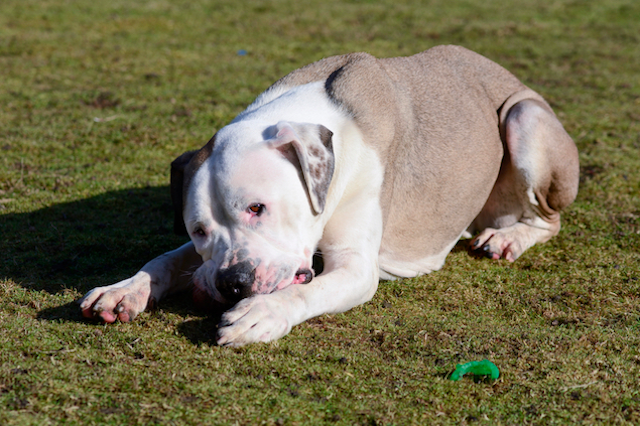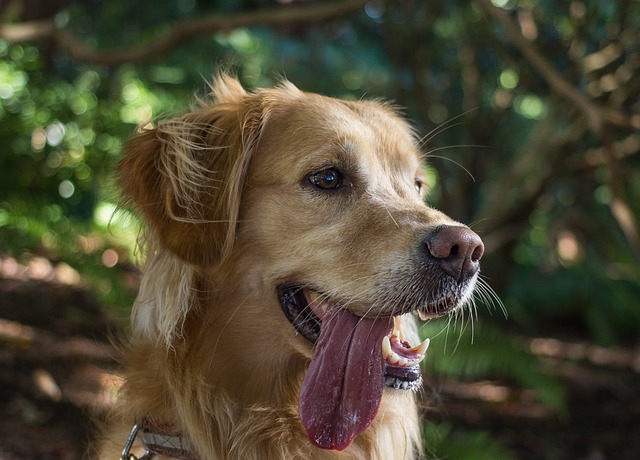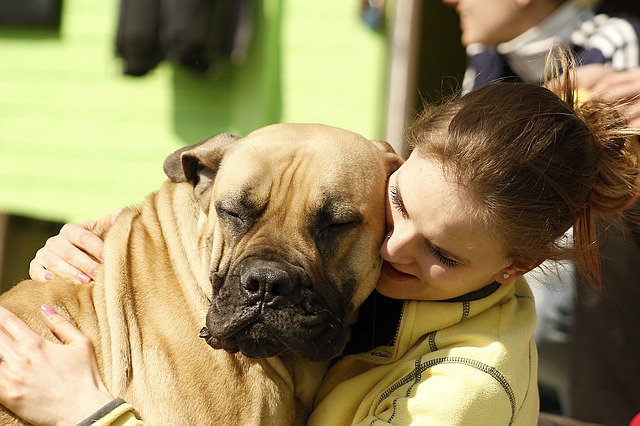Chances are, you know your dog’s mannerisms and behaviors pretty darn well, and you can tell when they’re excited, hungry, scared, and the like. But signs your dog is in pain can be less obvious, especially if it’s a new symptom and they’re exhibiting a behavior that you’re not used to seeing.
If your pup is showing one or more of the signs below, it’s best to call your vet for a check-up. Whether the issue is minor or major, your loyal companion doesn’t deserve to live in pain any longer than he or she has to. You know your dog best, and if something seems “off,” it’s better to be safe than sorry!
1. Excessive Grooming
Dogs naturally groom their fur, paws, and some personal areas, but if they seem to be doing it constantly or obsessively, it could be a easily be one of the signs your dog is in pain. It can also indicate itchy and uncomfortable skin allergies, especially if it’s around the feet, and dogs can even lick or chew themselves raw.
However, this can be a sign of internal pain, too. Katie Finley, a writer and dog trainer, explains:
“Pets will often groom places that are sources of pain in hopes to clean and care for the wound, even if there is no open wound present. Be sure to keep an eye on the area and inspect it gently.”

2. Poor Coat Quality
On the other end of the spectrum, dogs who aren’t feeling well may stop grooming themselves as thoroughly as they used to. This is because something is causing them discomfort, and it’s possible that they can’t reach certain without feeling pain.
3. Heavy or Shallow Panting
Our pups pant for multiple reasons, like to cool down when it’s hot out or after exercise, or even when they’re stressed. But if your pooch starts panting heavily for seemingly no reason, it could be one of the signs your dog is in pain. Likewise, if his panting becomes shallow — as if it’s difficult or hurts to breathe — this symptom should not be ignored. Check out How To Tell If Your Dog’s Panting Isn’t Normal for more information.

4. Inappetence
If your pooch stops eating, especially if she’s usually a chowhound, you should call your vet sooner than later. Inappetence can be the result of anything from an upset tummy, to cancer, to a sore limb that’s making it difficult to enjoy a meal. What’s more, they could be in too much pain to make it over to their food bowl.
5. Avoidance or Aggressiveness
When an animal starts avoiding their loved ones or lashing out in a manner that’s out of character, something is probably wrong. They may avoid being touched because it hurts or is uncomfortable, and they have no other way of letting you know.

6. Inability To Get Comfortable
It’s normal for dogs to circle and even scratch at their bed before laying down and getting cozy. But if your dog keeps spinning, or seems like they cannot settle, they may be hurting and simply can’t find a way to get comfortable.
7. Constipation
Constipation can be a sign of many different issues. One possibility is that it hurts to squat, and another is that going to the bathroom has become painful. Finley says:
“Back and hip pain can lead to constipation in dogs because it can be very uncomfortable to get in the proper squatting position. If you notice your dog suddenly seems constipated or cries out when going to the bathroom, there’s a good chance that they’re in pain. “

8. Behavior Changes
You know your dog’s personality, routine, and habits, so if something seems strange or odd to you — no matter how minor it is — it’s always best to check with the vet. Aside from sudden avoidance, aggressiveness, or obvious limping, some more subtle changes in behavior may include:
- Avoiding stairs, jumping, or climbing
- Increased stiffness
- Arching of the back
- Different laying positions (for instance, a dog who usually sleeps curled up in his bed may start laying flat on his side if he’s in pain)
- Slower to move or get up
- Disinterested in things he used to love (walks, food, greeting you at the door)
- Accidents in the house (it may be too painful to get up, or it could be something else)
- Different / odd sounding bark

Dogs of all ages can experience pain for any number of reasons, from illnesses to accidents. It’s likely that at some point in your pup’s life, they’ll get stiff and achy as they age. But if you pay close attention and trust your instincts, you’ll be able to help ease your companion’s discomfort by finding a solution as quickly as possible. After all, they’d do the same for you, and in their own way, they do — by making each day brighter! It’s our job as loving dog moms and dads to know and spot the signs your dog is in pain.
 Toledo, United States.
Toledo, United States.
